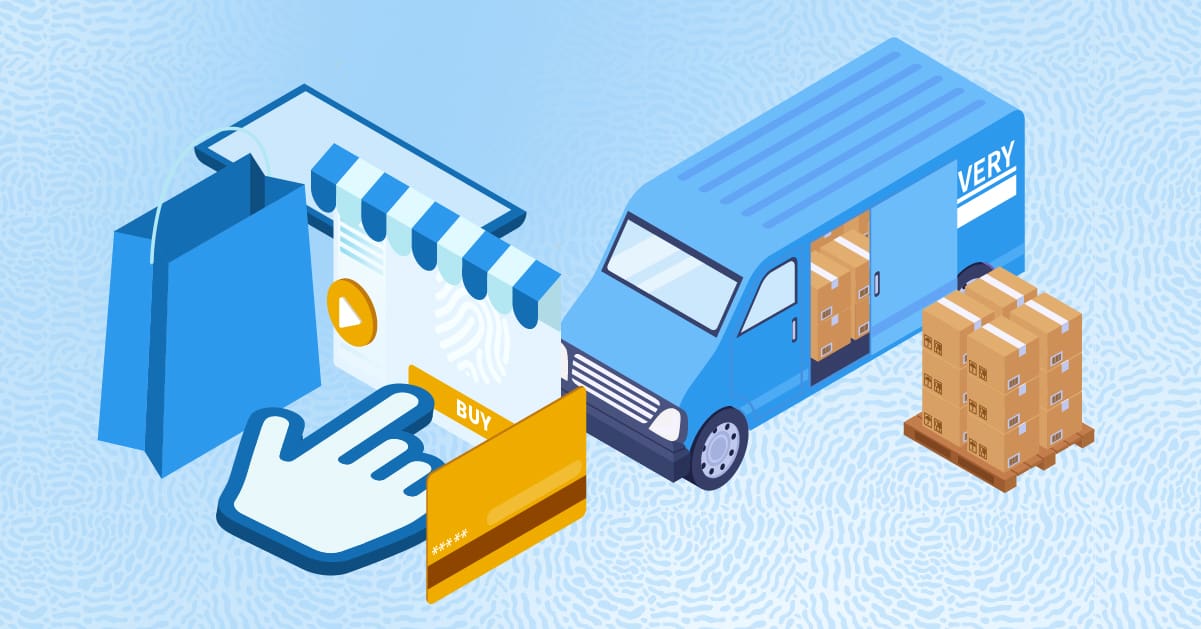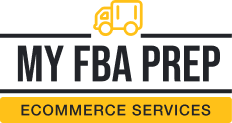
Optimizing 3PL Services for DTC Brands

The Direct-to-Consumer (DTC) model has changed the game for modern retail. When brands skip middlemen, they can connect directly with their customers and take full control of their brand experience.
That opens up a lot of opportunities, but it also comes with some serious logistical pressure.
From fast shipping to smooth returns and great unboxing experiences, DTC brands are expected to deliver it all. And as your business grows, trying to handle everything in-house can quickly become overwhelming (not to mention expensive).
This is where third-party logistics (3PL) services come in handy. In this article, we’ll break down how partnering with the right 3PL can help DTC brands streamline fulfillment, improve customer experience, and scale with confidence.
The Unique Logistics Needs of DTC Brands
Unlike traditional retail models, DTC brands are responsible for the entire customer journey: from checkout to delivery. That means logistics is the direct extension of your brand experience.
To meet consumer expectations and stay competitive, DTC brands should ensure their logistics partner can handle the following:
Fast, affordable shipping
Even from independent brands, today’s consumers expect Amazon-like delivery speeds. Slow or expensive shipping rates are one of the main reasons why customers don’t end up buying a product.
That said, DTC brands need logistics partners that offer the following:
- Same-day or next-day fulfillment capabilities
- Strategically-located fulfillment centers
- Multi-carrier shipping options to balance speed and cost
Personalized packaging and unboxing experiences
The unboxing experience is often the only physical interaction a customer has with your brand. Custom packaging, branded inserts, and eco-friendly materials can enhance this experience. A capable 3PL for DTC brands should:
- Support kitting and custom packaging
- Allow branded touches like stickers and thank-you notes
- Ensure quality across all packaging processes
Can adapt to seasonal spikes and inventory complexity
Product launches, flash sales, and holiday spikes can strain internal fulfillment operations. DTC brands need a logistics partner that can:
- Scale up staffing and space during peak seasons
- Handle stock-keeping unit (SKU) variety, product bundles, and pre-orders with ease
- Maintain fulfillment speed even during order volume spikes
Need for real-time data and inventory visibility
Knowing what’s in stock, what’s being picked and packed, and when an order is shipped is important for both internal operations and customer communication. A capable 3PL should offer:
- Real-time dashboard access with inventory visibility and order tracking
- Automated alert for low stock or delays
- Integrations with eCommerce platforms for seamless data flow
Common Fulfillment Challenges for DTC Brands + How 3PLs Address Them
As DTC brands scale, fulfillment quickly becomes one of the most complex and resource-intensive parts of the business. Below are some of the most common challenges and how third-party logistics (3PL) providers help solve them:
In-house limitations: space, staffing, and scalability
Managing your own fulfillment often means renting warehouse space, hiring staff, and investing in infrastructure. All of these take time and capital. This setup can buckle and be prone to bottlenecks during periods of growth or seasonal spikes.
How 3PLs can address this: 3PL providers offer access to a nationwide or global fulfillment network with ready-built infrastructure. This allows DTC brands to scale operations quickly, without needing to invest in physical space or logistics staff.
Rising operational costs and shipping rates
Shipping costs and overhead can quickly eat into profit margins, especially for small to mid-sized DTC brands trying to compete on price and speed.
How 3PLs can address this: Because of their scale, 3PLs can negotiate bulk shipping discounts and optimize carrier selection. They also enable zone-based shipping by using strategically located fulfillment centers, reducing last-mile delivery costs.
Managing multi-channel fulfillment
Juggling multiple sales channels manually can lead to fulfillment errors, inventory mismatches, and siloed data.
How 3PLs can address this: Top-tier 3PLs offer direct integration with platforms like Shopify, Walmart, Amazon, and more. This helps centralize order management and inventory tracking, streamlining fulfillment across all channels.
Difficulty maintaining consistency across geographies
As your customer base grows, ensuring fast and consistent delivery to different regions becomes increasingly difficult with a single, centralized warehouse.
How 3PLs can address this: 3PLs ensure consistent delivery times and service quality, regardless of where your customers are located.
Must-Have Features in a 3PL Partner for DTC Success
Choosing the right third-party logistics partner is important for ensuring smooth operations and exceptional customer service. Here are some of the must-have features to consider when evaluating a 3PL for DTC brands:
DTC-specific experience and client portfolio
Your logistics partner should understand the nuances and complexities of direct-to-consumer fulfillment. Look for a 3PL with a strong track record of serving DTC brands across various industries. You can also read up on case studies or testimonials from clients showing real results.
Nationwide or global fulfillment network
To meet consumer expectations for fast and affordable shipping, the ideal 3PL should offer a network of strategically located fulfillment centers. This reduces delivery zones and enables scalable expansion into new markets.
Tech stack compatibility
Ensure the 3PL integrates with the platforms you already use—whether it’s Shopify, WooCommerce, Amazon, Walmart, or others. Real-time syncing of orders, inventory, and tracking data is essential for operational efficiency.
Transparent pricing and real-time reporting
Avoid hidden fees and other costs that will eat up your profit margins. A great 3PL partner will provide transparent pricing, clear service level agreements (SLAs), and dashboards for real-time visibility into your inventory, orders, and fulfillment performance.
Value-added services
To elevate your brand experience, choose a 3PL that offers value-added services like:
- Subscription box fulfillment
- Custom kitting and packaging
- Branded unboxing experiences
- Returns management and reverse logistics
When evaluating 3PL for DTC brands, look beyond basic logistics capabilities. MyFBAPrep stands out by offering a customer-focused approach that addresses every aspect of direct-to-consumer fulfillment:
- Nationwide and global fulfillment network: MyFBAPrep has hundreds of strategically placed warehouses across the US and in key international markets, with a nationwide 1 to 2-day coverage.
- Carrier discounts: Aggregated shipping volume ensures competitive rates and deep discounts across carriers like UPS, FedEx, DHL, USPS, and even regional and local carriers.
- Oversized and heavy freight handling: MyFBAPrep is one of the few networks that are fully equipped to handle oversized and non-conveyable items, and heavy SKUs like gym equipment, appliances, and more.
- Centralized visibility: Preptopia offers real-time dashboards for inventory, orders, SLA tracking, and exception alerts.
- Value-added services: Branded unboxing, subscription box prep, and light assembly tailored to each brand’s identity.
- Dedicated support: Each brand has a dedicated Account Manager with weekly reviews and consistent messaging through Slack and WhatsApp—no bots or queueing.
How MyFBAPrep Helps DTC Brands Solve Fulfillment Bottlenecks
As DTC brands continue to grow competitively, fulfillment remains one of the most critical and complex operational pillars.
From managing multi-channel orders and shipping expectations to scaling during seasonal surges, the challenges are real. But with the right 3PL partner, these struggles can turn into opportunities for improved efficiency, customer satisfaction, and long-term growth.
Before choosing a 3PL, audit your current fulfillment pain points. Are you struggling with slow shipping or limited warehouse space? Do you have outdated tech systems? After identifying your gaps, prioritize must-have features like nationwide fulfillment coverage, solid DTC experience, real-time inventory tracking, and eCommerce integrations.
MyFBAPrep combines extensive logistics infrastructure with tech-driven solutions tailored to the needs of DTC brands. If you’re ready to optimize your fulfillment, contact us today, and we’ll help you build a 3PL strategy that works for your brand.
